How To Make Yogurt At Home
3.6
(10)
Your folders
Your folders
Servings: 2
Cost: $1.84 /serving
Author : Emma Christensen

Ingredients
Export 2 ingredients for grocery delivery
Instructions
Step 1
Heat the milk. Pour the milk into a Dutch oven and place over medium to medium-high heat. Warm the milk to right below boiling, about 200°F. Stir the milk gently as it heats to make sure the bottom doesn't scorch and the milk doesn't boil over. According to the National Center for Home Food Preservation, this heating step is necessary to change the protein structure in the milk so it sets as a solid instead of separating.
Step 2
Cool the milk. Let the milk cool until it is just warm to the touch, 112°F to 115°F. Stir occasionally to prevent a skin from forming. (Though if one does form, you can either stir it back in or pull it out for a snack!) You can help this step go faster by placing the Dutch oven in an ice water bath and gently stirring the milk.
Step 3
Thin the yogurt with milk. Scoop out about a cup of warm milk into a bowl. Add the yogurt and whisk until smooth and the yogurt is dissolved in the milk.
Step 4
Whisk the thinned yogurt into the milk. While whisking gently, pour the thinned yogurt into the warm milk. This inoculates the milk with the yogurt culture.
Step 5
Transfer the pot to the (turned-off) oven. Cover the Dutch oven and place the whole pot in a turned-off oven — turn on the oven light or wrap the pot in towels to keep the milk warm as it sets (ideally around 110°F, though some variance is fine). You can also make the yogurt in a dehydrator left at 110°F or using a yogurt maker.
Step 6
Wait for the yogurt to set. Let the yogurt set for at least 4 hours or as long as overnight — the exact time will depend on the cultures used, the temperature of the yogurt, and your yogurt preferences. The longer yogurt sits, the thicker and more tart it becomes. If this is your first time making yogurt, start checking it after 4 hours and stop when it reaches a flavor and consistency you like. Avoid jostling or stirring the yogurt until it has fully set.
Step 7
Cool the yogurt. Once the yogurt has set to your liking, remove it from the oven. If you see any watery whey on the surface of the yogurt, you can either drain this off or whisk it back into the yogurt before transferring to containers. Whisking also gives the yogurt a more consistent creamy texture. Transfer the to storage containers, cover, and refrigerate. Homemade yogurt will keep for about 2 weeks in the refrigerator.
Step 8
Your next batch of homemade yogurt. Once you start making your own yogurt, you can use some of each batch to culture your next batch. Just save 1/2 cup to use for this purpose. If after a few batches, you notice some odd flavors in your yogurt or that it's not culturing quite as quickly, that means that either some outside bacteria has taken up residence in your yogurt or that this strain is becoming weak. As long as this batch still tastes good to you, it will be safe to eat, but go back to using some store-bought commercial yogurt in your next batch.
Top similar recipes
Curated for youYour folders

 685 views
685 viewsHow to Make Icelandic Yogurt at Hom...
saladinajar.com
4.8
(12)
10 hours
Your folders
/__opt__aboutcom__coeus__resources__content_migration__simply_recipes__uploads__2020__04__How-to-Make-Kombucha-LEAD-16-38f65524a57b4eed9fcacc4ea02d78b3.jpg)
 434 views
434 viewsHow to Make Kombucha at Home
simplyrecipes.com
Your folders

 731 views
731 viewsHow to Make Crackers at Home
thekitchn.com
4.8
(20)
Your folders
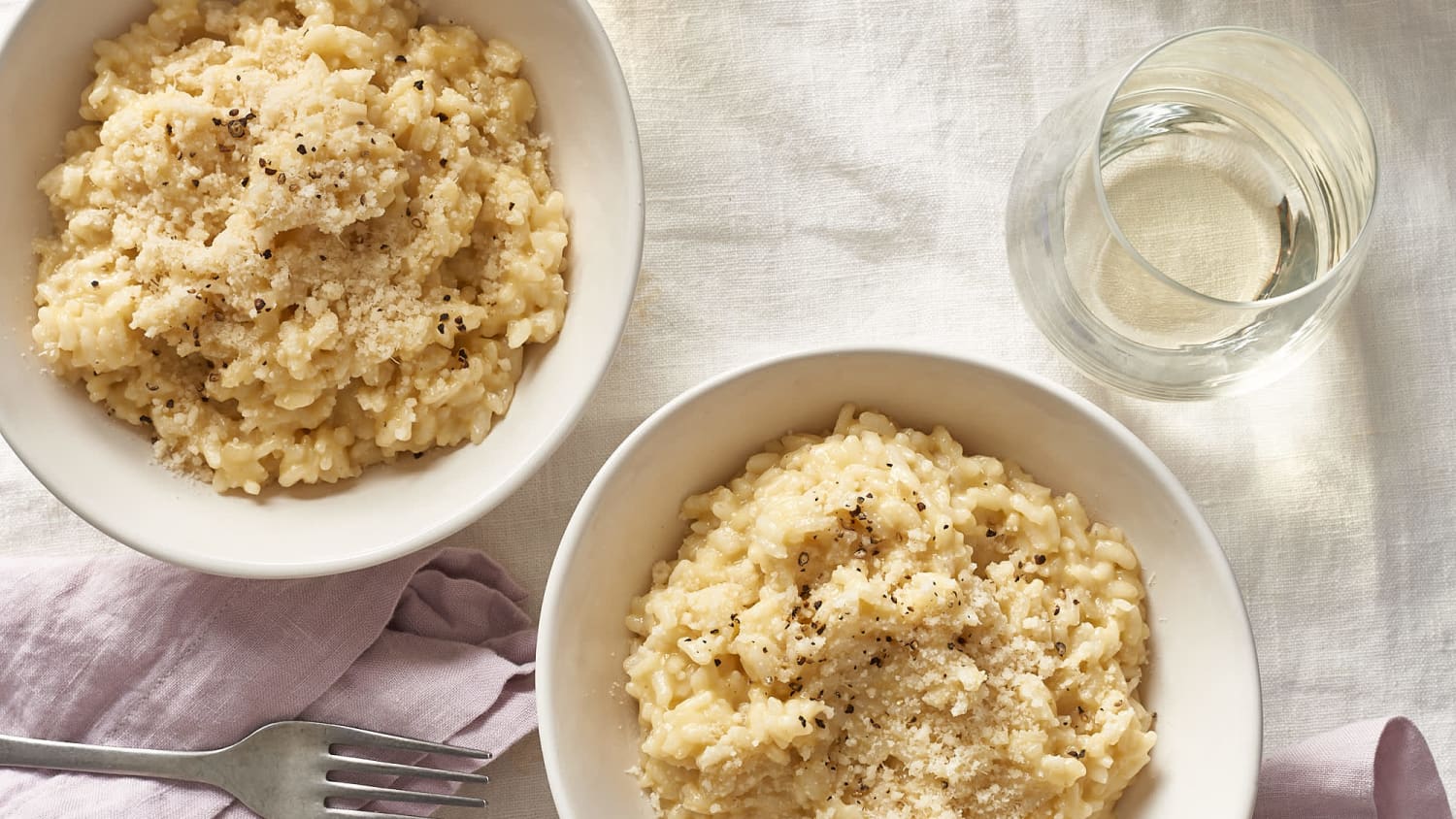
 725 views
725 viewsHow To Make Risotto at Home
thekitchn.com
4.0
(13)
Your folders
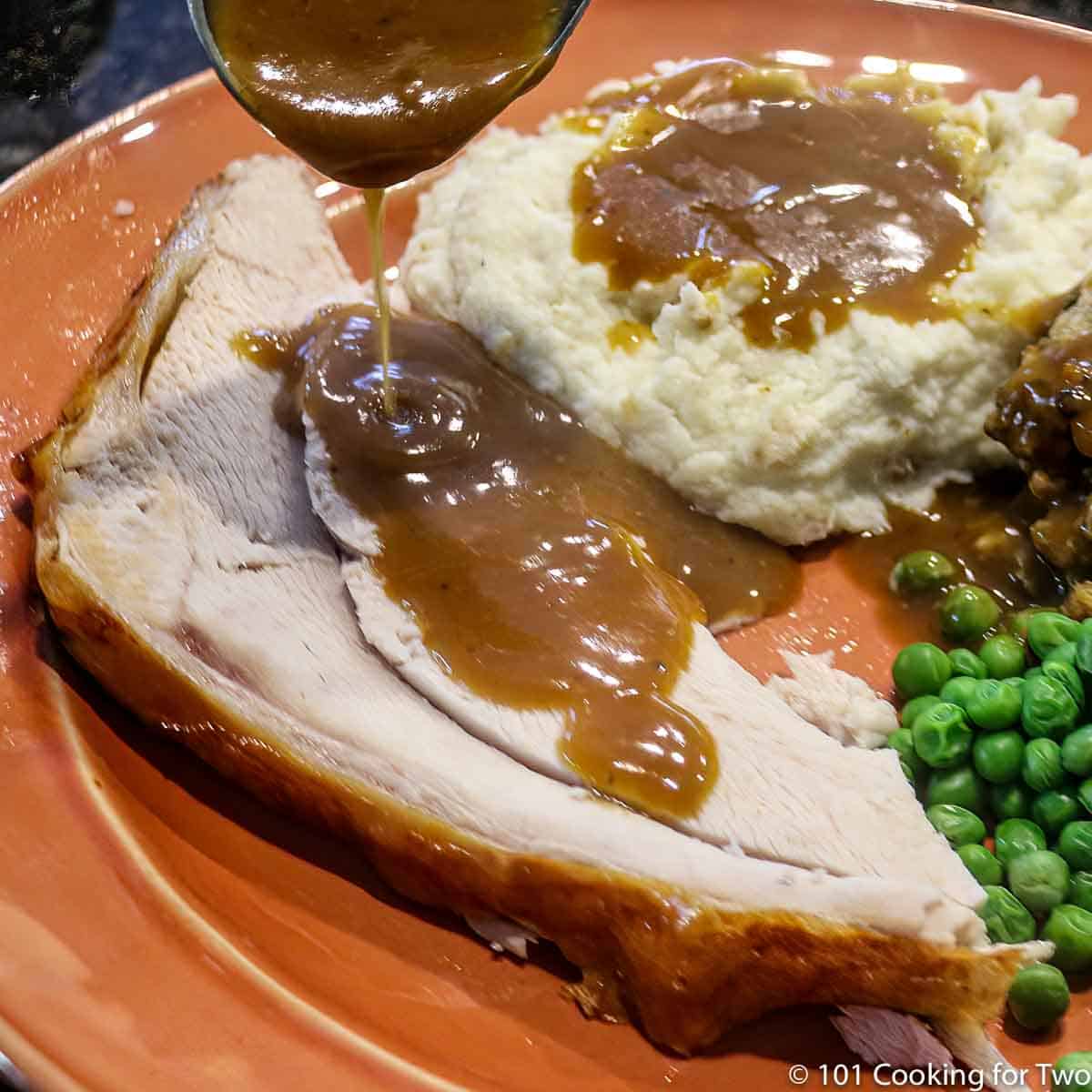
 694 views
694 viewsHow To Make Gravy at Home
101cookingfortwo.com
4.4
(12)
10 minutes
Your folders

 557 views
557 viewsHow To Make Gochujang At Home
kimchimari.com
4.8
(26)
360 minutes
Your folders
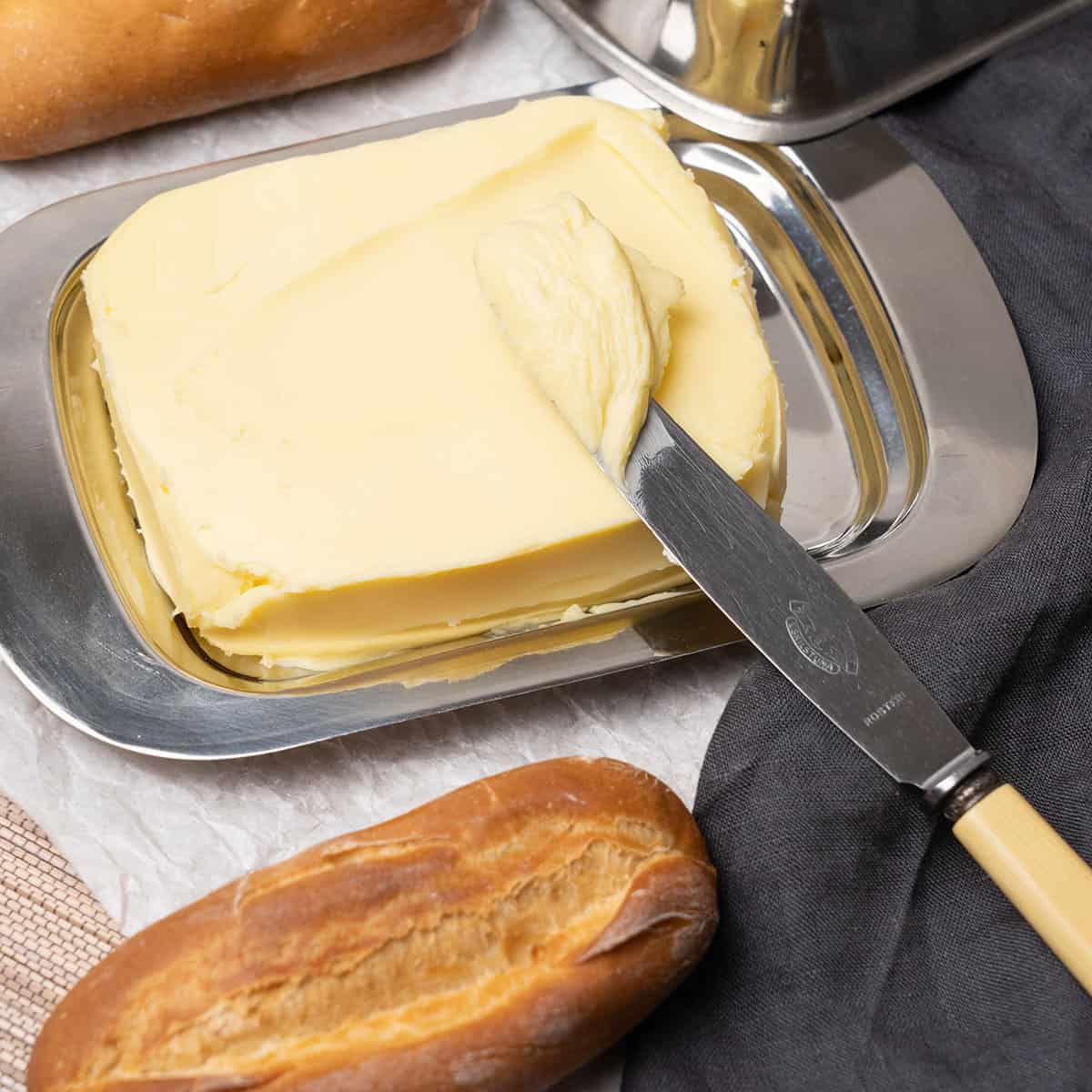
 370 views
370 viewsHow to make butter at home
spatuladesserts.com
5.0
(5)
Your folders

 549 views
549 viewsHow To Make Pizza at Home
thekitchn.com
4.4
(18)
Your folders

 505 views
505 viewsHow to Make Subway at Home
maritimeglutton.com
5.0
(2)
Your folders

 404 views
404 viewsHow to Make Hibachi at Home
healthylittlepeach.com
5.0
(5)
20 minutes
Your folders

 412 views
412 viewsHow To Make Chocolate At Home
chefcynthialouise.com
5.0
(5)
5 minutes
Your folders

 313 views
313 viewsHow to Make Kombucha at Home
blog.mountainroseherbs.com
15 minutes
Your folders
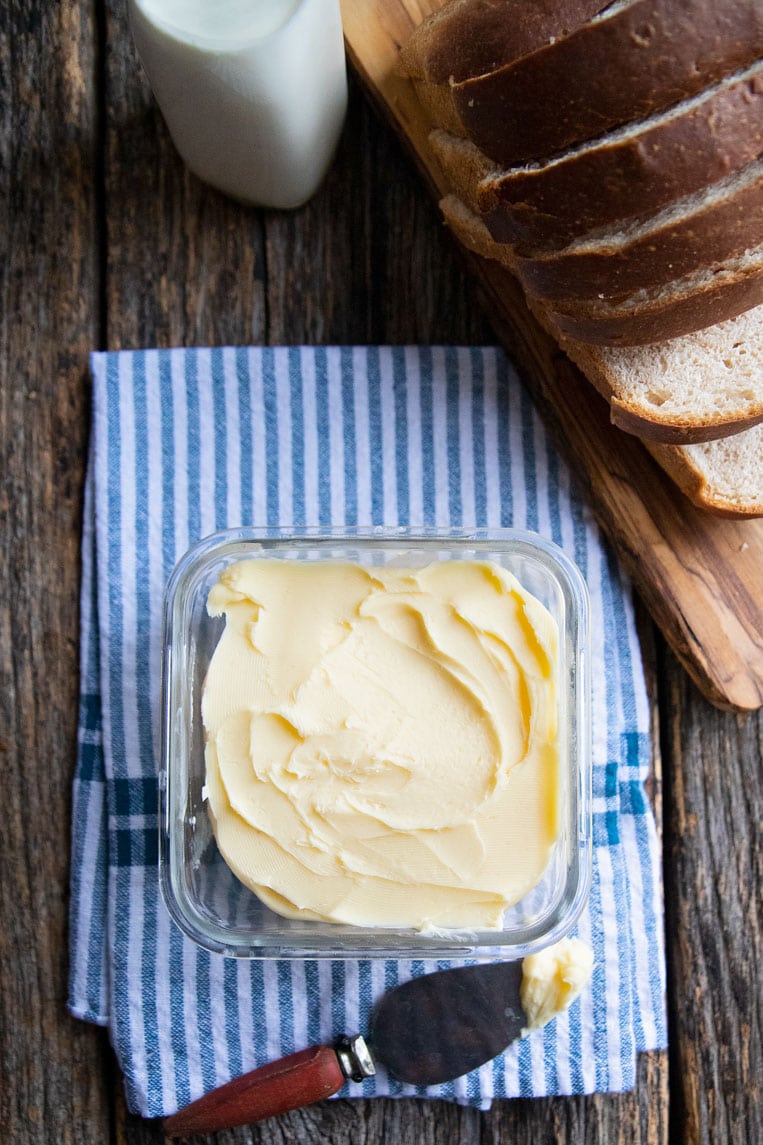
 407 views
407 viewsHow to Make Butter at Home
feastandfarm.com
5.0
(1)
Your folders
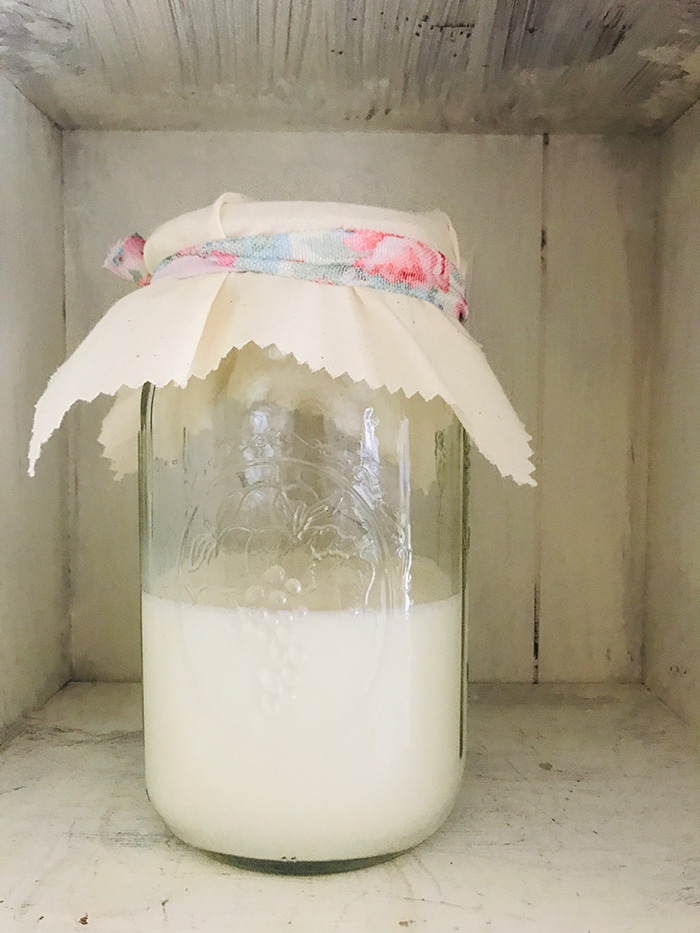
 218 views
218 viewsHow to Make Kefir at Home
rainbowdelicious.com
5.0
(15)
Your folders
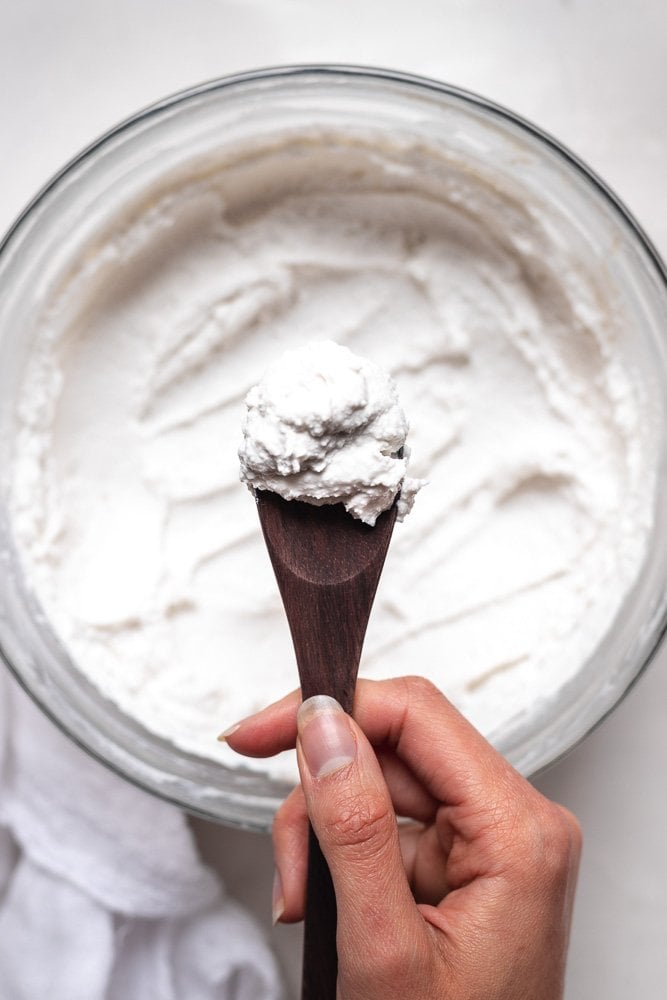
 219 views
219 viewsHow to Make Coconut Yogurt at Home ...
twospoons.ca
5.0
(2)
Your folders

 407 views
407 viewsHow To Make Kettle Corn at Home
thekitchn.com
2.8
(24)
Your folders
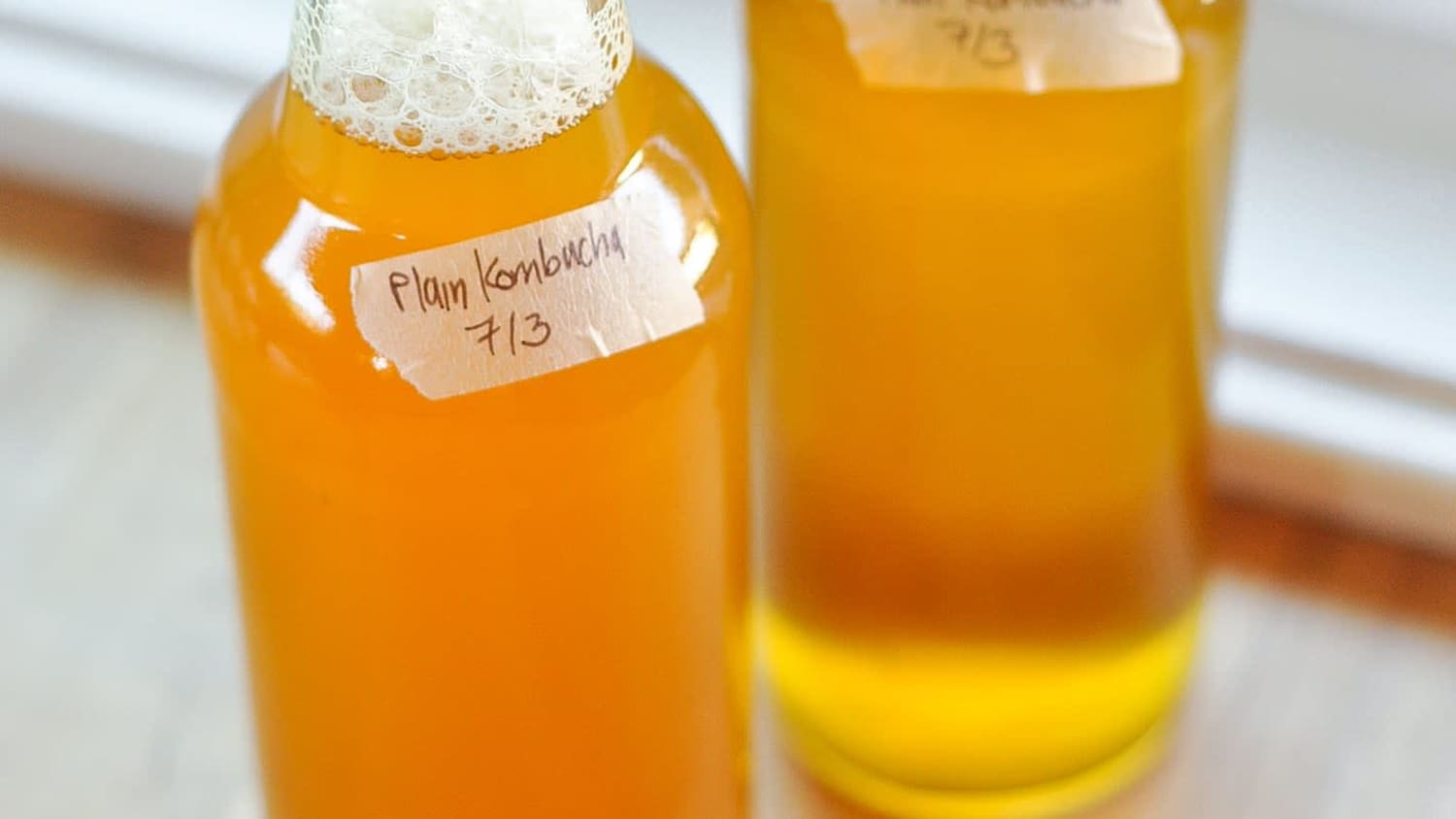
 745 views
745 viewsHow To Make Kombucha Tea at Home
thekitchn.com
4.4
(11)
Your folders

 569 views
569 viewsHow To Make Chicken Marsala At Home
thekitchn.com
4.7
(3)
33 minutes
Your folders

 621 views
621 viewsHow to Make Soy Milk at Home
thewoksoflife.com
4.5
(4)
20 minutes